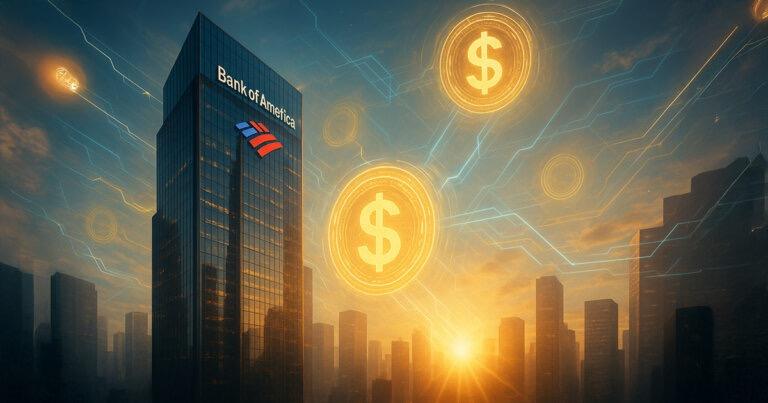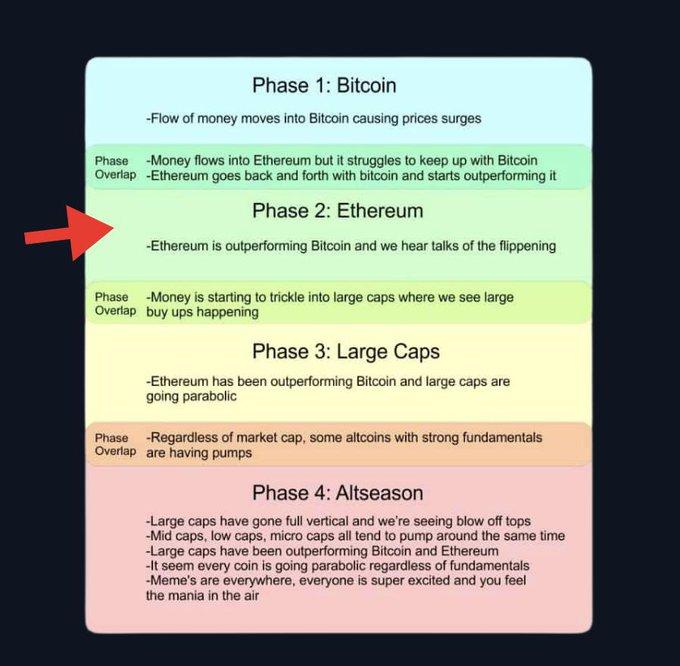Source: cryptoslate
Compiled by: Blockchain Knight
Bank of America CEO Brian Moynihan stated during the second-quarter earnings call on July 15 that the bank is taking early measures to explore using stablecoins to modernize its payment system and more efficiently process trillions of dollars in customer transactions.
Moynihan emphasized that the company's current focus is to use stablecoins "as a transaction tool" and noted that stablecoins have the potential to simplify the daily flow of funds within the bank's infrastructure.
He added that the bank has already done extensive groundwork and is evaluating the scalability of this opportunity across various transactions.
Although the stablecoin market remains relatively small compared to traditional banking transaction volumes, Moynihan suggested that stablecoins might see broader application as regulatory clarity improves.
It is reported that the bank began evaluating this area since early 2025 and has discussed the possibility of jointly issuing stablecoins with other major U.S. institutions such as JPMorgan Chase and Citigroup.

This announcement comes as traditional financial institutions are undergoing a broader shift towards stablecoin-supported payment channels. In 2024, stablecoin transaction volumes exceeded the combined transactions of Visa and Mastercard.
Since then, the value of stablecoins in circulation has surged to $257 billion, nearly double the level at the beginning of 2023. Tether's USDT and Circle's USDC currently account for over 85% of the total stablecoin market.
U.S. Congress members have responded to the industry's rapid rise by pushing for a more clear regulatory framework. The core bill of the current government's digital asset agenda, the GENIUS Act, received bipartisan support and passed in the Senate in June.
However, the bill was blocked in the House this week, with lawmakers rejecting a procedural vote. A full vote is expected on July 17.
As major institutions increasingly turn to blockchain-based payment channels, Bank of America's cautious but proactive attitude suggests that Wall Street giants may be preparing to make stablecoins a core pillar of future settlement systems.







